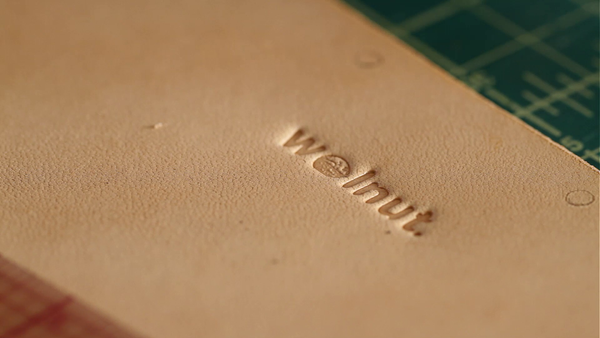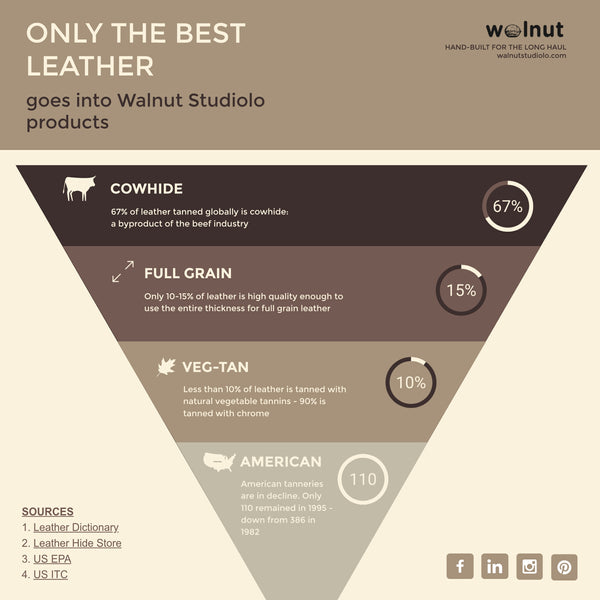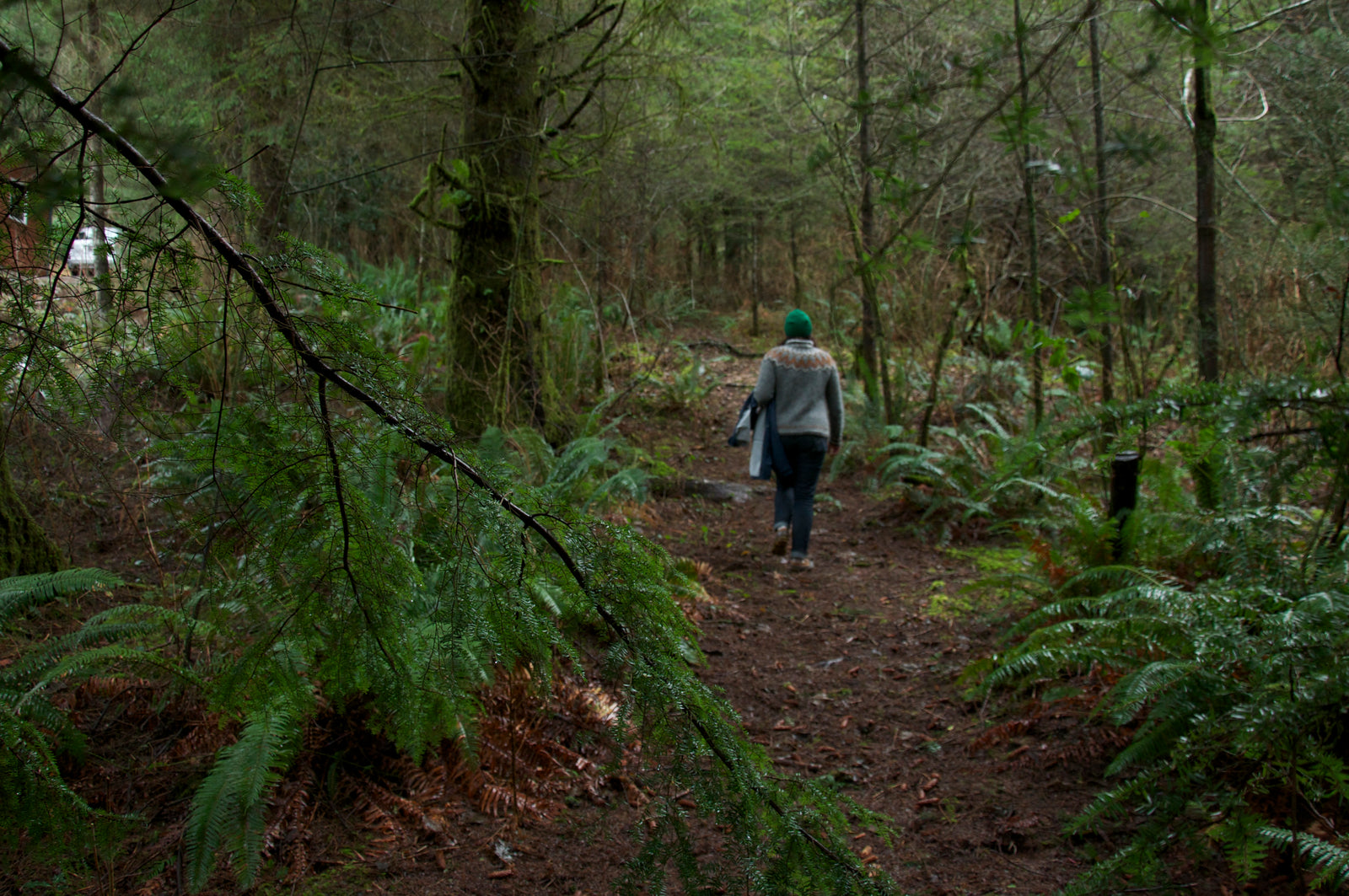
"Leather" at Walnut means only the highest quality, full grain, un-sanded, non-stamped, natural cowhides. (For a wood analogy, it's like using a real wood board instead of particleboard or veneer.)
"Vegetable-tanned" means the hides are "tanned" (preserved for long life) using naturally-occurring oak bark and plant tannins. Just how pretty much all leather was tanned for millennia until the Industrial Revolution. (Nowadays over 90% of leather is tanned with chromium/mercury - the leather we use is the 10%.)
"American-made" means that the cow hides, which are a by-product using up the waste created by the beef industry, are from American cows, and the hides are tanned in American tanneries, which follow more stringent EPA environmental laws. (Vanishingly rare these days.)
"Uses" means we take the raw material by the hide and transform it through: cutting and shaping; hand-dying with natural oil dyes (which is like staining wood to allow the woodgrain to shine through, rather than painting it); and treating the edges into all the products you see here on our website.
Since we're using such a natural material, your product may look slightly different from the product pictures. Real, natural leather hide has unique characteristics that individually personalize each product. Each piece of leather is distinctive in its base color, grain, and markings, which may include small scars, mars, or blemishes that are a natural part of the cow's life and a sign of the high quality of the leather we use.
Walnut uses "English-style bridle leather" for a very few of our products, each of which is labeled in the Materials. Bridle leather is vegetable-tanned leather that is dyed at the tannery and infused with extra waxes and oils for more weather resistance. It's important for only a few products, such as our Bicycle Mud Flaps. The tannery dyes create a homogenous surface with a matte finish that matches the color of our hand-dyed veg-tan leather but not the lustrous natural leather grain.
Sign up for our Free Leather Learning Series.

Explained: Garment Leather vs Vegetable-Tanned Leather
...for workshop updates, new designs, sales and
10% off*
*code will be in welcome email
does not apply to sale items
